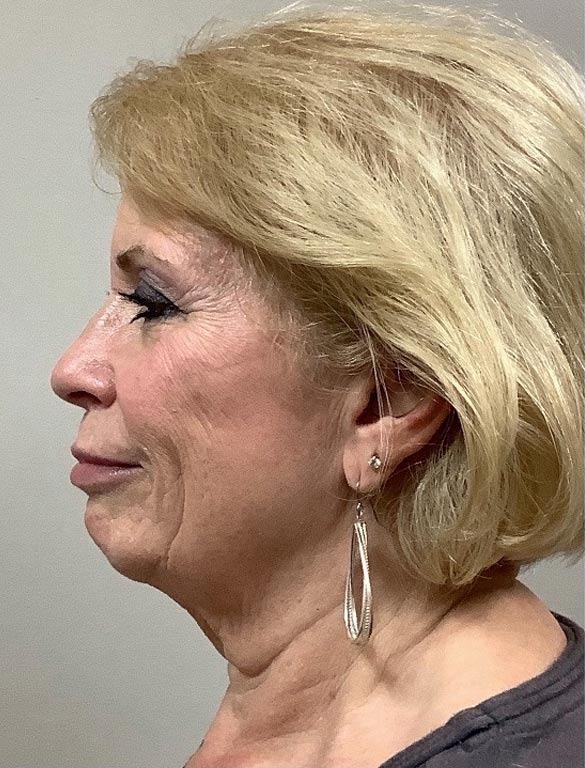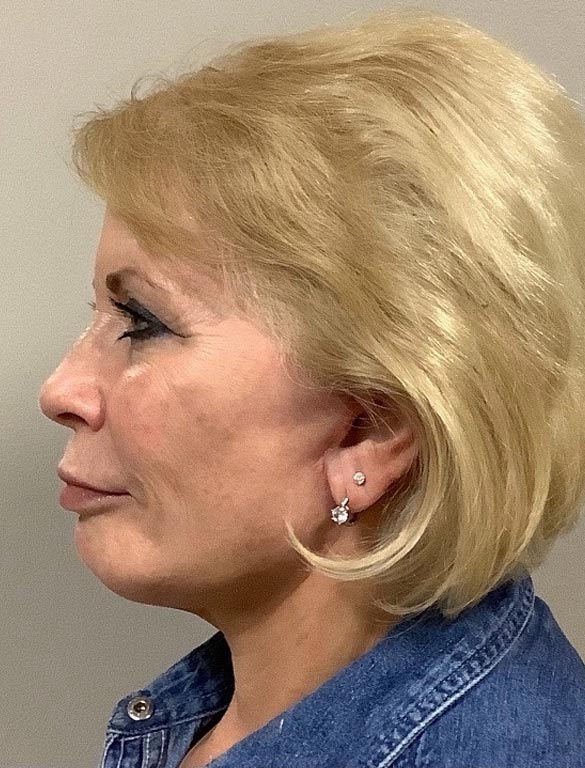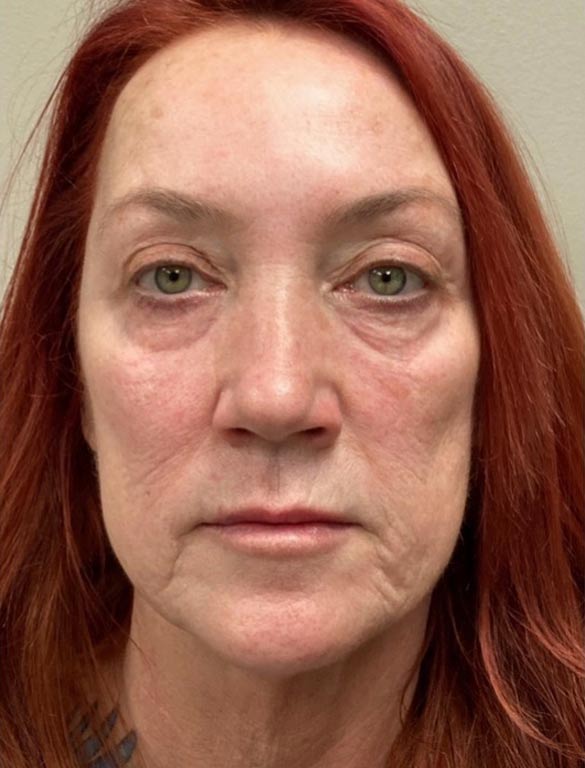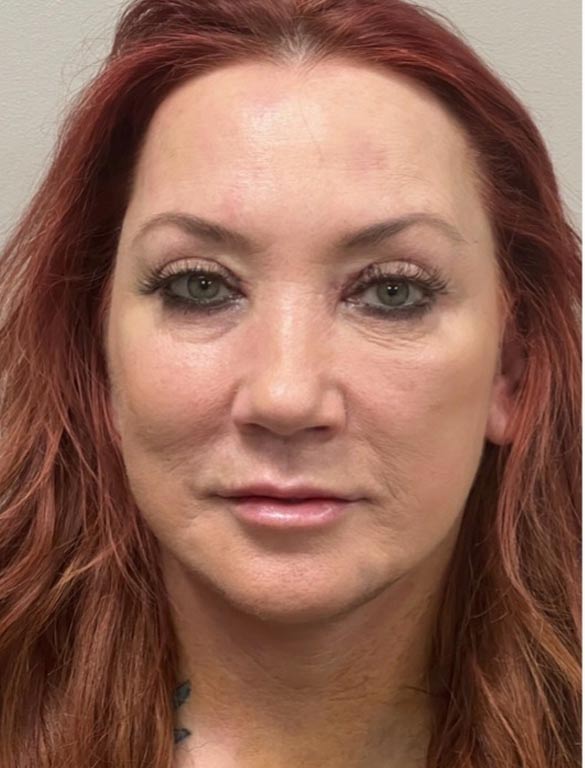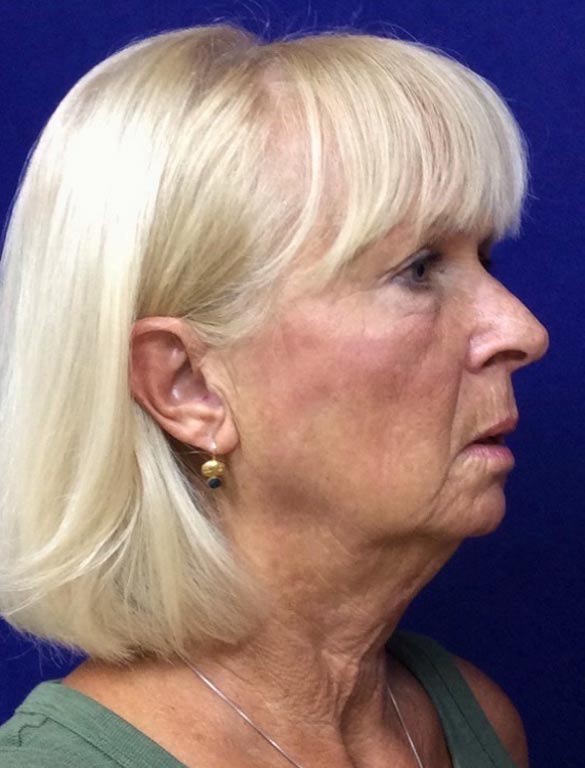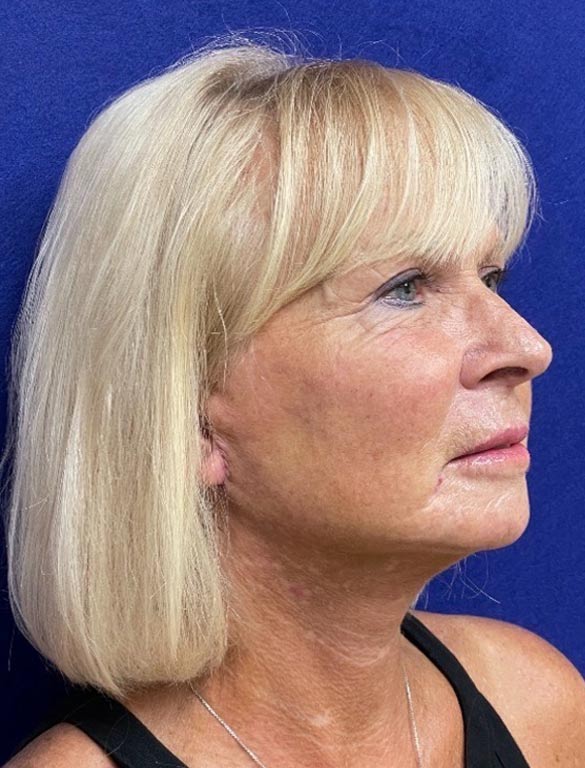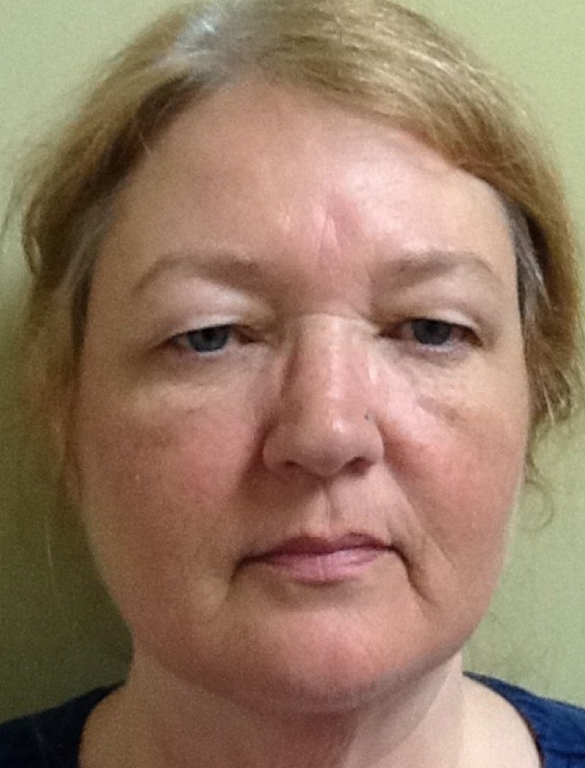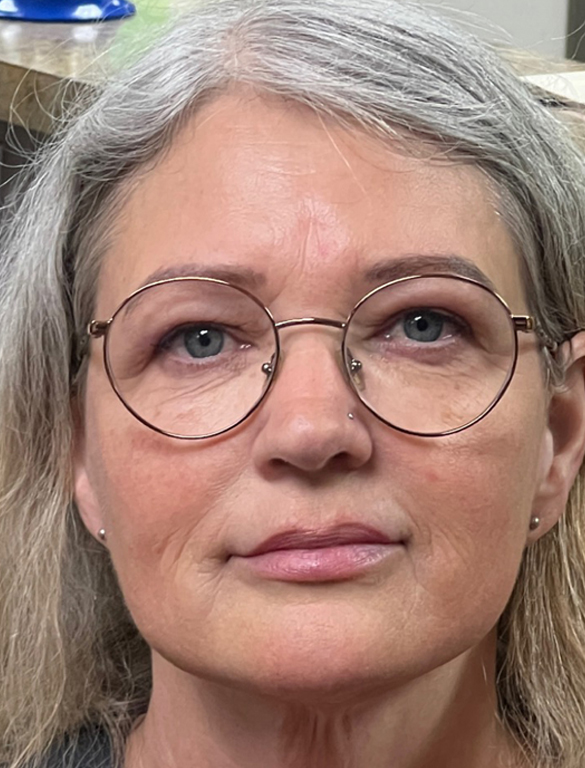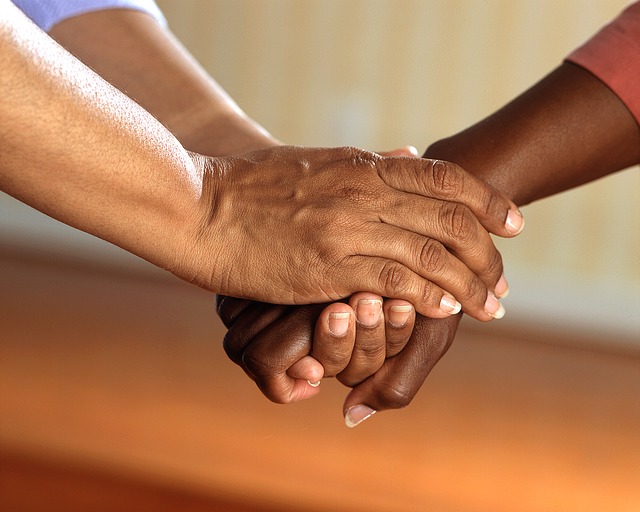Whether you find yourself getting older or you’re suffering from the side effects of pregnancy, menopause, being a little overweight, or having a job that requires long periods of standing or sitting, you may start to see unsightly veins protruding from different areas of your body—particularly your hands. As we age, the skin and fat on the backs of our hands (also known as the dorsal area) diminishes, making it easier for problem veins to rise to the surface.
Blood vessels of this nature tend to fall into one of two categories: varicose veins or spider veins. However, it is also possible for a person to have both types of vein issues present at once, with varicose veins often causing spider veins to occur. Varicose and spider veins are not normally life-threatening, thankfully, but they do tend to cause discomfort, self-consciousness, and embarrassment for affected individuals, leading them to seek treatment. In order to assess your best options for treatment, you’ll first need to establish the type or types of vein ailment you are experiencing.
Identifying Varicose Veins and Spider Veins
Varicose veins are large, raised, and swollen blood vessels that twist throughout the affected area. They can be knobby in texture, and sometimes appear to be a dark purple or blue. The skin above these veins may have shiny, brownish-yellow discoloration, or may exhibit redness, dryness, and itchiness. You might also find minor injuries to the area taking longer to heal or bleeding more than normal.
Similarly, spider veins are like varicose veins in that they are also raised and tend to twist and turn, only they are smaller and often more noticeably red, blue, or purple in color. In clusters, spider veins may take on the appearance of a bruise.
Treatment Options
Depending on the type of vein issue involved, there are multiple treatment options—both surgical and non-surgical. Non-surgical solutions are often less expensive and easier to access, while surgical options often produce better results. In the end, it comes down to the treatment that you’re most comfortable with.
Non-Surgical
- Wearing compression gloves
- Lifestyle changes that promote good skin hygiene, weight loss as needed, a low-salt diet, and activities that promote better blood circulation (such as avoiding sitting or standing for long periods of time and frequent walking)
- Sclerotherapy—A highly concentrated saline or other specially made solution is injected into the vein, causing the vein to disappear gradually over the course of three to six weeks; easy to use for hand treatment, as veins are usually readily accessible. Risks and side effects depend on substance used for injection. For example, sotradecol may cause allergic reactions, while hypertonic saline solution may not, but both can potentially burn or stain the skin.
- Simple laser treatment—A series of one or more sessions in which lasers are applied to the surface of the skin; typically used on small veins, which are more often found on the hand. Risks include scarring, feelings of burning pain or prickling, blood clots, and changes in skin color.
- Endovenous laser treatment—A small laser fiber is inserted into the vein and pulses of laser light cause the vein to collapse; typically used on larger varicose veins as an alternative to surgery, and not likely to be needed for treatment of the hands. Like simple laser treatment, risks include burning or prickling feelings, pain, blood clots, skin color alteration, and scarring.
- Radiofrequency occlusion—A small catheter is inserted into the vein and radiofrequency energy causes the vein to collapse
Surgical
The side effects and risks for surgical procedures are the same as those for any surgery performed under anesthesia, such as nausea, vomiting, scarring, blood clots, and wound infections.
- Ligation—A procedure in which the vein is tied off; often used in conjunction with stripping
- Stripping—A procedure in which a long segment of the vein is removed; often used in conjunction with ligation. Risks include normal surgery risks associated with anesthesia, as well as nerve damage.
- Ambulatory phlebectomy—A procedure in which large surface veins are removed through small incisions that do not usually require stitches
- Endoscopic vein surgery—A procedure in which veins are viewed and removed with the aid of a camera
Unfortunately, with the exception of using compression gloves and making lifestyle changes, all of the treatments listed above, both surgical and non-surgical, have the potential to scar or discolor skin.
Don’t Let Hand Veins Hold You Back!
Your hands are not only your best tools, but the easiest indicator of age and health. Take care of them and they’ll take care of you! Seek out the experts at Skin and Vein today to find out more about what you can do to combat unseemly spider and varicose veins.

